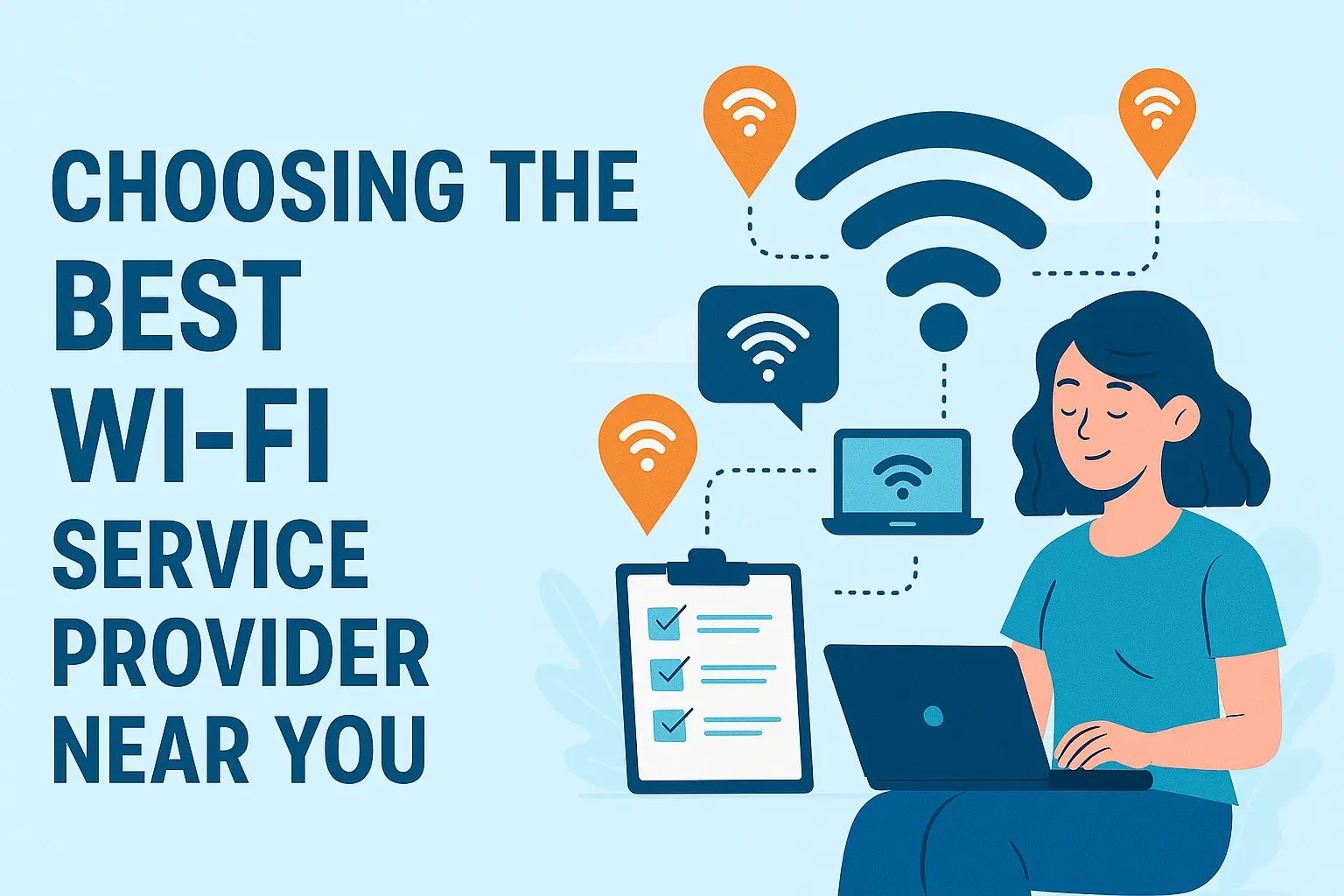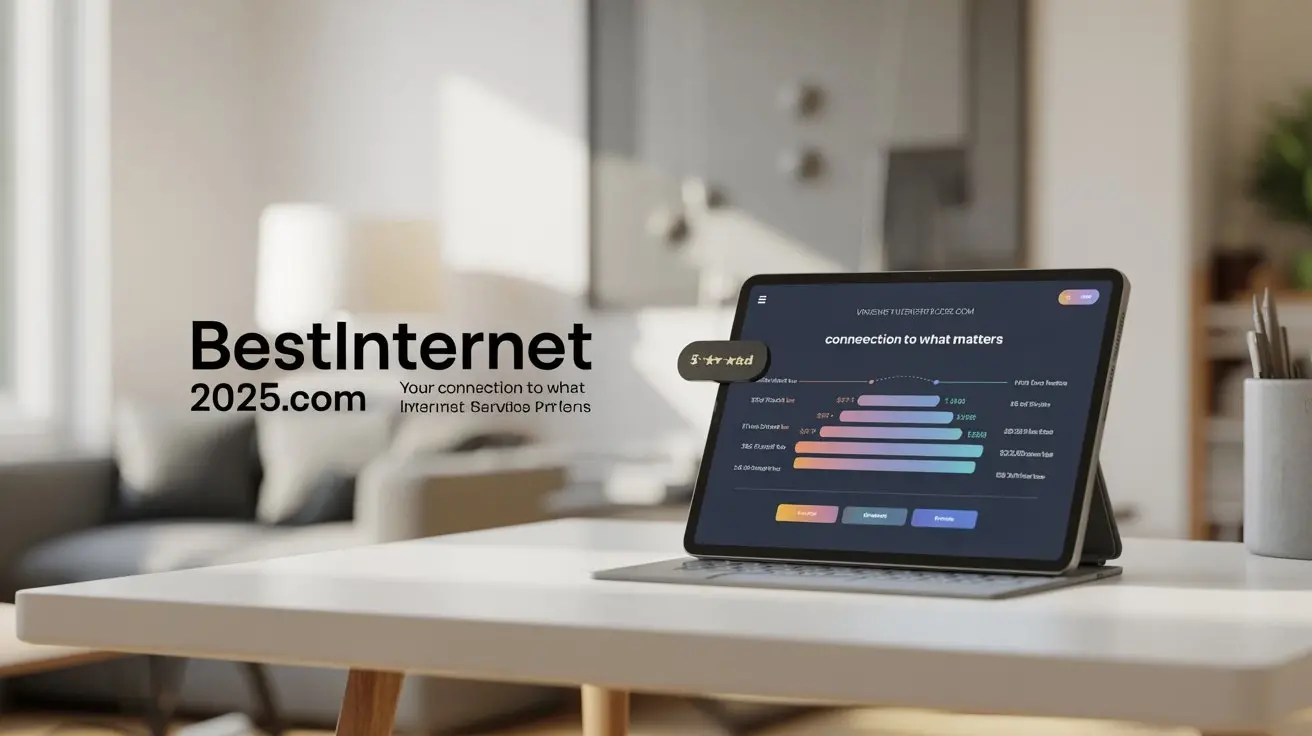When Is The Best Time To Buy A Mobile Phone?

Discover the prime moments to upgrade your smartphone and secure the best deals. This guide reveals the optimal times to buy a mobile phone, factoring in seasonal sales, new model releases, and carrier promotions for 2025.
Understanding Smartphone Release Cycles
The smartphone market is a dynamic ecosystem driven by innovation and consumer demand. Understanding the typical release cycles of major manufacturers is fundamental to timing your purchase effectively. For 2025, these cycles continue to follow predictable patterns, largely dictated by annual flagship updates and mid-cycle refreshes. Apple, Samsung, Google, and other key players tend to unveil their most significant devices within specific windows, creating ripples throughout the market. When a new flagship is launched, older models often see price reductions, making them excellent value propositions. Conversely, the period immediately preceding a major launch can see temporary price hikes or limited availability of current models as retailers anticipate the new inventory. Strategic buyers can leverage this knowledge to their advantage, either by aiming for the latest tech at a slight premium or by snagging a still-capable previous-generation device at a significantly reduced cost.
The Annual Flagship Frenzy
Major manufacturers typically adhere to an annual release schedule for their premium devices. For instance, Apple has historically launched its new iPhones in the fall, usually around September. Samsung’s Galaxy S series often debuts in the first quarter of the year (February/March), while their foldable devices (Galaxy Z Fold/Flip) tend to appear in the latter half (August/September). Google's Pixel phones have also found a rhythm, with new flagship models often arriving in the fall. These launches are not just about new hardware; they signal a shift in the market. The anticipation builds, and once the new devices are out, the pressure is on retailers and carriers to clear out existing stock. This creates prime opportunities for savvy shoppers.
Mid-Cycle Refreshes and Budget-Friendly Options
Beyond the headline-grabbing flagships, many brands also release updated versions of their mid-range or more budget-friendly lines throughout the year. While these might not generate the same buzz, they can represent excellent value. For example, Samsung's A-series or Apple's SE models might see updates at different times. These releases can also influence pricing on slightly older models within their respective lineups. Keeping an eye on these less publicized releases can sometimes uncover hidden gems or lead to unexpected discounts on devices that are still perfectly adequate for most users.
The Importance of Product Lifecycles
Every smartphone has a product lifecycle, from its announcement to its eventual discontinuation. Understanding where a particular model sits in this cycle is crucial. A phone that has been on the market for 6-12 months is often entering its sweet spot for value. The initial hype has died down, early bugs (if any) have been ironed out, and manufacturers are keen to keep sales momentum going. Conversely, a brand-new release might still be priced at its premium, and waiting a few months can often lead to a more sensible purchase. For 2025, anticipate that devices launched in late 2023 and throughout 2024 will become increasingly attractive as newer models emerge.
Seasonal Sales and Holidays: Your Discount Calendar
The calendar year is punctuated by several major shopping events that consistently bring significant discounts on mobile phones. For 2025, these periods remain the most predictable and lucrative times to snag a new device at a reduced price. From the post-holiday clearances to mid-year promotions and the all-important Black Friday and Cyber Monday events, understanding these sale windows can help you align your purchase with maximum savings. Planning ahead and keeping an eye on retailer flyers and online deals during these times is key to unlocking the best possible value.
Post-Holiday Clearance (Late January - February)
Following the Christmas and New Year's shopping frenzy, retailers often find themselves with excess inventory. To clear this stock and make way for new merchandise, they frequently offer substantial discounts on electronics, including mobile phones. This period, typically running from late January into February, can be a golden opportunity to pick up a device that might have been on your wishlist during the holiday season but was too expensive. Many carriers also use this time to refresh their promotions after the holiday rush.
Spring Sales and Mid-Year Promotions (April - June)
While not as universally recognized as Black Friday, spring and early summer often see a surge in sales events. Retailers might run promotions tied to back-to-school preparations (even if it's early), seasonal refreshes, or simply to boost sales during a typically slower period. Keep an eye out for deals from major electronics retailers and mobile carriers. These sales can sometimes offer attractive bundles or percentage-off discounts on specific models or brands. For 2025, expect these promotions to be more prevalent around April and May.
Back-to-School (July - August)
The back-to-school season, typically spanning July and August, is another significant period for tech sales. While aimed at students, these promotions are often available to everyone. Retailers understand that students need reliable devices for communication, study, and entertainment, and they capitalize on this by offering deals on smartphones, laptops, and accessories. This is a great time to look for discounts, especially on mid-range and budget-friendly phones that are perfectly suited for everyday use.
Black Friday and Cyber Monday (Late November)
Undoubtedly the biggest shopping event of the year, Black Friday and its online counterpart, Cyber Monday, are when the most aggressive discounts typically appear. Retailers compete fiercely to offer the lowest prices on popular electronics, and smartphones are always a major focus. You can expect significant price drops on a wide range of devices, from flagship models to budget options. These deals often start earlier in November and extend through the weekend. For 2025, plan to monitor deals closely starting from the first week of November, with the peak savings occurring on the Friday after Thanksgiving and the following Monday.
Other Potential Sale Periods
Beyond these major events, keep an eye out for smaller, more localized sales. Retailers might have anniversary sales, specific brand promotions, or flash sales that pop up unexpectedly. Subscribing to newsletters from your favorite retailers and following them on social media can alert you to these opportunities. For 2025, anticipate potential sales around events like Prime Day (typically July) and other retailer-specific discount days.
New Model Launches and Their Impact
The release of a new smartphone model is a pivotal event that reverberates through the entire market. It's not just about the excitement surrounding the latest technology; it directly influences the pricing and availability of existing devices. Understanding this dynamic allows you to strategically position yourself to either acquire the newest tech or benefit from the price drops on its predecessors. For 2025, the predictable cadence of these launches offers clear windows of opportunity for the discerning buyer.
The Immediate Aftermath: Price Drops on Older Models
When a new flagship phone is unveiled, the most immediate and significant impact is on the price of its direct predecessor. Manufacturers and retailers are eager to clear out inventory of the outgoing model to make space for the new one. This often results in substantial price reductions, sometimes up to 20-30% or even more, within weeks of the new release. For example, if Apple launches the iPhone 17 in September 2025, you can expect the iPhone 16 series to see significant discounts shortly thereafter. Similarly, after Samsung releases the Galaxy S25 in early 2025, the S24 models will likely become much more affordable.
Example: In late 2024, following the anticipated launch of the Pixel 9, the Pixel 8 and Pixel 8 Pro saw price drops of up to $150-$200 from various retailers. This trend is expected to continue in 2025 as new Pixel models emerge.
The "Sweet Spot" for Value
The period of 6 to 12 months after a phone's release is often considered the "sweet spot" for purchasing. By this time, the initial rush of early adopters has subsided, any minor software glitches have been addressed through updates, and the price has typically settled into a more reasonable range, often benefiting from the discounts triggered by newer models. For 2025, this means that phones released in late 2023 and throughout 2024 will represent excellent value. These devices still offer cutting-edge features and performance that are more than sufficient for the vast majority of users.
Anticipating the Next Big Thing: Waiting Game
If you're aiming for the absolute latest technology and aren't constrained by immediate need, the best time to buy might be to wait. By anticipating the release schedule of your desired brand, you can strategically hold off on purchasing. For instance, if you know you want the next top-tier Samsung Galaxy S series phone, and it's typically released in March, waiting until April or May will often mean better deals, or at least the opportunity to purchase the previous generation at a steep discount. This "waiting game" requires patience but can lead to significant savings or a more feature-rich device for your budget.
Impact on Mid-Range and Budget Phones
New flagship releases also indirectly affect the pricing of mid-range and budget smartphones. As higher-end devices become more accessible, manufacturers often adjust the pricing of their more affordable lines to maintain market segmentation. Furthermore, older flagship models that are still being sold new might see their prices reduced to compete with the newly released mid-range options. This creates a ripple effect, offering more affordable choices across the board.
Carrier and Retailer Stock Management
Retailers and carriers are highly attuned to these release cycles. They manage their inventory meticulously, often offering promotions on older stock to clear it out before new shipments arrive. This proactive approach by sellers is your opportunity. Watching for these clearance events, especially in the weeks following a major new phone announcement, can yield substantial savings. For 2025, be prepared for significant price adjustments on phones launched in 2023 and early 2024 as the next wave of devices hits the market.
Carrier Promotions and Contracts
Mobile carriers play a significant role in the smartphone purchasing landscape, offering devices through various plans, contracts, and promotional deals. For 2025, these carrier-specific offers continue to be a major factor in determining the best time to buy. Understanding the nuances of carrier pricing, contract structures, and promotional cycles can unlock substantial savings and provide access to premium devices at a lower effective cost. It's not always about the outright price; it's about the total cost of ownership and the value of the bundled services.
The Allure of Contract Deals
Many consumers opt to purchase their phones through carrier contracts or installment plans. These deals often involve significant upfront discounts or even "free" phones, provided you commit to a multi-year service agreement. While these plans can seem attractive, it's crucial to calculate the total cost over the contract period. Sometimes, the monthly service cost is inflated to subsidize the phone price. For 2025, carriers like Verizon, AT&T, and T-Mobile will continue to offer these types of promotions, especially around new device launches and major holidays. Always compare the total cost of a contract deal against buying the phone outright and opting for a cheaper SIM-only plan.
Promotional Periods and Seasonal Offers
Carriers align their major promotions with the same seasonal sales events that retailers do, but they also have their own unique cycles. New device launches are prime times for carriers to roll out aggressive trade-in offers, BOGO (Buy One, Get One) deals, or discounts on accessories when purchasing a new phone. For example, when a new iPhone or Samsung Galaxy S series is released, carriers will heavily promote trade-in values for older models, making it significantly cheaper to upgrade. Look out for these deals particularly in the weeks surrounding major product announcements and during the holiday shopping season.
2025 Trend: Expect carriers to continue emphasizing trade-in values for 5G-capable devices as they push consumers towards the latest network technology.
Understanding Trade-In Values
Trade-in programs are a cornerstone of carrier promotions. The value of your old phone can significantly offset the cost of a new one. However, trade-in values fluctuate. They are often highest immediately after a new model is released, as carriers incentivize upgrades. Conversely, as a model ages, its trade-in value typically decreases. If you plan to trade in your current device, research its potential trade-in value across different carriers and retailers well in advance of your planned purchase. For 2025, keeping your current phone in pristine condition will maximize its trade-in value.
Unlocking Deals: Prepaid vs. Postpaid
While contract (postpaid) plans often feature the most prominent phone promotions, prepaid carriers and MVNOs (Mobile Virtual Network Operators) can also offer competitive pricing, especially on unlocked devices or through their own limited-time deals. Sometimes, buying an unlocked phone outright and pairing it with a budget-friendly prepaid plan can be more cost-effective in the long run than a traditional carrier contract. For 2025, the prepaid market is expected to offer increasingly attractive options, particularly for those seeking flexibility and lower monthly costs.
The Benefit of Unlocked Phones
Purchasing an unlocked phone directly from the manufacturer or a retailer gives you the freedom to choose any carrier and plan. While the upfront cost is higher, you avoid being locked into a contract and can often find cheaper SIM-only plans. Furthermore, unlocked phones tend to hold their value better and can be resold more easily. The best time to buy an unlocked phone often coincides with major sales events (Black Friday, Prime Day) or when a new model is released, leading to discounts on the previous generation.
The Case for Refurbished and Older Models
For budget-conscious consumers or those who prioritize sustainability, opting for a refurbished or slightly older model smartphone in 2025 presents a compelling alternative to buying brand new. These options offer significant cost savings without necessarily compromising on performance or features. Understanding where to find reliable refurbished devices and the benefits of purchasing older, yet still capable, models can lead to some of the best value-for-money purchases in the smartphone market.
What Does "Refurbished" Really Mean?
Refurbished phones are pre-owned devices that have been returned to the manufacturer or a third-party seller for various reasons – perhaps a customer changed their mind, or the device had a minor defect. These phones undergo rigorous inspection, repair (if necessary), cleaning, and testing to ensure they are in full working order. They are often sold with a warranty, typically ranging from 90 days to a full year, providing a safety net for buyers. Reputable sources for refurbished phones include Apple Certified Refurbished, Samsung Certified Re-Newed, Amazon Renewed, and Back Market.
Significant Cost Savings
The primary advantage of buying refurbished is the substantial price reduction compared to a new device. You can often get a flagship model from a year or two ago for a fraction of its original launch price. For example, a refurbished iPhone 14 Pro might be available in 2025 for the price of a new iPhone SE. This allows you to access premium features like advanced cameras, higher-quality displays, and faster processors at a much more accessible price point. Statistics from 2024 indicated that refurbished electronics can offer savings of 15-40% compared to new.
Environmental Benefits
Choosing a refurbished phone is also an environmentally responsible decision. It extends the lifespan of existing devices, reducing the demand for new manufacturing, which is resource-intensive and contributes to e-waste. By giving a pre-owned phone a second life, you're actively participating in the circular economy and minimizing your environmental footprint. This aspect is becoming increasingly important for consumers in 2025.
Older Models: Still Powerful and Affordable
Beyond refurbished options, purchasing an older model that is still being sold new can also be an excellent strategy. As mentioned earlier, the release of new flagships often triggers price drops on their predecessors. These older models, even if they aren't the absolute latest, typically offer performance and features that are more than adequate for the average user. For instance, a phone released in 2023 might still have a top-tier processor, an excellent camera system, and long-term software support, making it a smart buy in 2025 when its price has significantly decreased.
Example: The Google Pixel 7, released in late 2022, continued to be a popular and capable device throughout 2024 and remained a strong contender for value in 2025, often available at considerable discounts compared to the Pixel 8 or upcoming Pixel 9.
Where to Find Reliable Options
When shopping for refurbished or older models, source is key. Stick to reputable sellers:
- Manufacturer direct: Apple Certified Refurbished, Samsung Certified Re-Newed offer the highest level of assurance.
- Major online retailers: Amazon Renewed, Best Buy Outlet.
- Specialized refurbished marketplaces: Back Market, Gazelle.
Your Personal Needs vs. Market Timing
While understanding market trends and sales cycles is crucial for optimizing your smartphone purchase, the most important factor remains your individual needs and circumstances. Market timing can help you save money or get more for your budget, but it should not dictate your purchase if your current phone is failing or you have an urgent requirement. Balancing external market opportunities with your personal usage patterns and financial situation is the key to making the right decision in 2025.
Assessing Your Current Phone's Condition
The first step in deciding when to buy is to honestly assess your current device. Is the battery life significantly degraded? Is the performance sluggish to the point of hindering your daily tasks? Is the screen cracked, or is it no longer receiving critical software updates for security? If your phone is causing significant frustration or posing security risks, then waiting for the "perfect" market moment might not be practical. In such cases, prioritizing functionality and security over maximum savings is often the wiser choice, even if it means buying slightly outside of an optimal sale period.
Usage Patterns: Power User vs. Casual User
Your typical usage patterns will heavily influence which phone is right for you and when you should upgrade.
- Power Users: If you rely heavily on your phone for demanding tasks like gaming, video editing, extensive photography, or running multiple complex apps simultaneously, you'll benefit most from the latest processors, ample RAM, and cutting-edge camera technology. For these users, aligning purchases with new flagship releases (perhaps a few months post-launch for better pricing) or high-end refurbished models might be ideal.
- Casual Users: If your needs are primarily for communication (calls, texts, social media), web browsing, and occasional photos, a mid-range or even an older flagship model will likely suffice. For casual users, waiting for seasonal sales or opting for refurbished devices offers the best value. A phone from 1-2 years ago will likely meet all your needs perfectly.
Budget Considerations
Your financial situation is a paramount consideration. While market timing can help reduce costs, it's essential to purchase a phone that fits comfortably within your budget. If waiting for Black Friday means stretching your finances thin, it might be better to purchase a more affordable device during a less significant sale period or opt for a reliable refurbished model. Always consider the total cost of ownership, including potential repair costs, accessories, and any associated service plans.
Feature Priorities: What Do You *Really* Need?
It's easy to get caught up in the hype of the latest features, but realistically, what do you need in a smartphone?
- Camera Quality: Are you an aspiring photographer, or do you just need decent snapshots?
- Battery Life: Do you need a phone that lasts multiple days, or do you have easy access to charging?
- Screen Size & Quality: Do you prefer a compact device, or a large display for media consumption?
- Storage: Do you download many apps and media, or do you rely on cloud storage?
- Durability: Do you need a rugged phone, or are you careful with your devices?
The "Good Enough" Principle
Often, the "good enough" principle applies to smartphone upgrades. A phone that was considered high-end two years ago is still incredibly powerful by today's standards. Unless you have a specific need for the absolute bleeding edge of technology, a slightly older model, purchased at the right time (during sales or when a successor is released), can provide an excellent user experience at a significantly lower cost. This pragmatic approach is often the most financially sound and environmentally conscious choice.
Your Actionable Strategy for 2025
To effectively navigate the smartphone market and secure the best possible deal in 2025, a proactive and informed strategy is essential. This involves combining your understanding of release cycles, seasonal sales, carrier offers, and your personal needs into a cohesive plan. By following these steps, you can move beyond impulse purchases and make a calculated decision that maximizes value and satisfaction.
Step 1: Define Your Needs and Budget
Before even looking at phones, clearly outline what you need.
- List your must-have features (e.g., great camera, long battery life, specific OS).
- Identify your nice-to-have features.
- Set a realistic budget, considering both upfront costs and potential monthly service fees.
- Assess your current phone's condition and potential trade-in value.
Step 2: Research Potential Models
Based on your needs, identify 2-3 potential smartphone models. Consider both current flagships (if budget allows and features are critical) and previous-generation models that have proven their worth. For 2025, this might include the latest iPhone, Samsung Galaxy S, or Google Pixel, but also consider strong contenders from the 2023-2024 lineup that will see price drops.
Step 3: Track Release Cycles and Price Trends
Once you have your target models, monitor their release history and typical pricing.
- New Releases: Note when the latest models from your preferred brands are typically announced and released. Aim to purchase 1-3 months after release for initial bugs to be ironed out and for prices to stabilize or for older models to drop.
- Price Tracking: Use price tracking websites or browser extensions to monitor price fluctuations for your chosen models. This will help you identify genuine sales versus minor discounts.
Step 4: Align with Major Sales Events
Mark your calendar for the key sales periods identified earlier.
- Late January/February: Post-holiday clearance.
- July/August: Back-to-school sales.
- November (Black Friday/Cyber Monday): The biggest discounts typically occur here.
Step 5: Explore Carrier and Retailer Offers
Don't overlook carrier deals, but approach them with a critical eye.
- Compare Total Cost: Calculate the total cost of a contract over its term versus buying unlocked.
- Evaluate Trade-Ins: Get quotes for your old phone from multiple carriers and retailers.
- Check Unlocked Deals: Retailers like Amazon, Best Buy, and directly from manufacturers often have competitive pricing on unlocked phones, especially during sales events.
Step 6: Consider Refurbished or Older Models
If budget is a primary concern or you want to maximize value, actively seek out reputable refurbished options or slightly older, still-capable new models. Websites like Apple Certified Refurbished, Samsung Re-Newed, and Back Market are excellent resources. Purchasing a 1-2 year old flagship model during a sale can often provide a better overall experience than a brand-new budget device.
Step 7: Be Patient and Flexible
The smartphone market is constantly evolving. While planning is crucial, maintaining some flexibility allows you to capitalize on unexpected deals. If a fantastic offer arises outside your planned window, and it meets your needs, consider taking advantage of it. Conversely, if your ideal phone isn't on sale when you expect it to be, don't be afraid to wait a little longer. Patience is often rewarded.
2025 Specific Considerations:
As you implement your strategy in 2025, keep these points in mind:
- 5G Expansion: Carriers will continue to push 5G. While not always necessary for everyone, ensure your chosen phone supports the 5G bands relevant in your area if future-proofing is a concern.
- AI Integration: Expect more AI-powered features. If these are important to you, research which phones offer the best AI experiences.
- Sustainability: The trend towards refurbished and eco-friendly options will likely grow.
In conclusion, the quest for the "best time to buy a mobile phone" in 2025 is a blend of strategic planning and personal assessment. By understanding the predictable rhythm of new model releases, leveraging seasonal sales events like Black Friday and post-holiday clearances, and critically evaluating carrier promotions, you can significantly enhance the value of your purchase. Furthermore, considering the compelling cost savings and environmental benefits of refurbished or slightly older models opens up even more avenues for smart shopping. Ultimately, the optimal time is when market opportunities align with your specific needs, budget, and the condition of your current device. Implement a structured approach: define your requirements, research models, track prices, align with sales, explore all offers, and remain patient. This comprehensive strategy empowers you to make an informed decision, ensuring you acquire a device that not only meets your expectations but also represents excellent value in the dynamic smartphone market.





